Let us start with a little back story about the history of spelt. It begins in Greek mythology, as a “gift.” Spelt was believed to be a gift to the Greeks from Demeter, the goddess of the harvest. It was first documented during the fifth millennium B.C. It was known as the peasants’ staple in Europe for a very long time, (from the Bronze Age to the Middle Age), and made its way to America in the 1890s, where it was outshined by regular wheat. Spelt is now making a comeback as a “health food” due to organic farming. As it is an ancient grain, it is believed to be healthier and more nutritious than other, modern common wheat grains.
Jump to:
What is spelt?
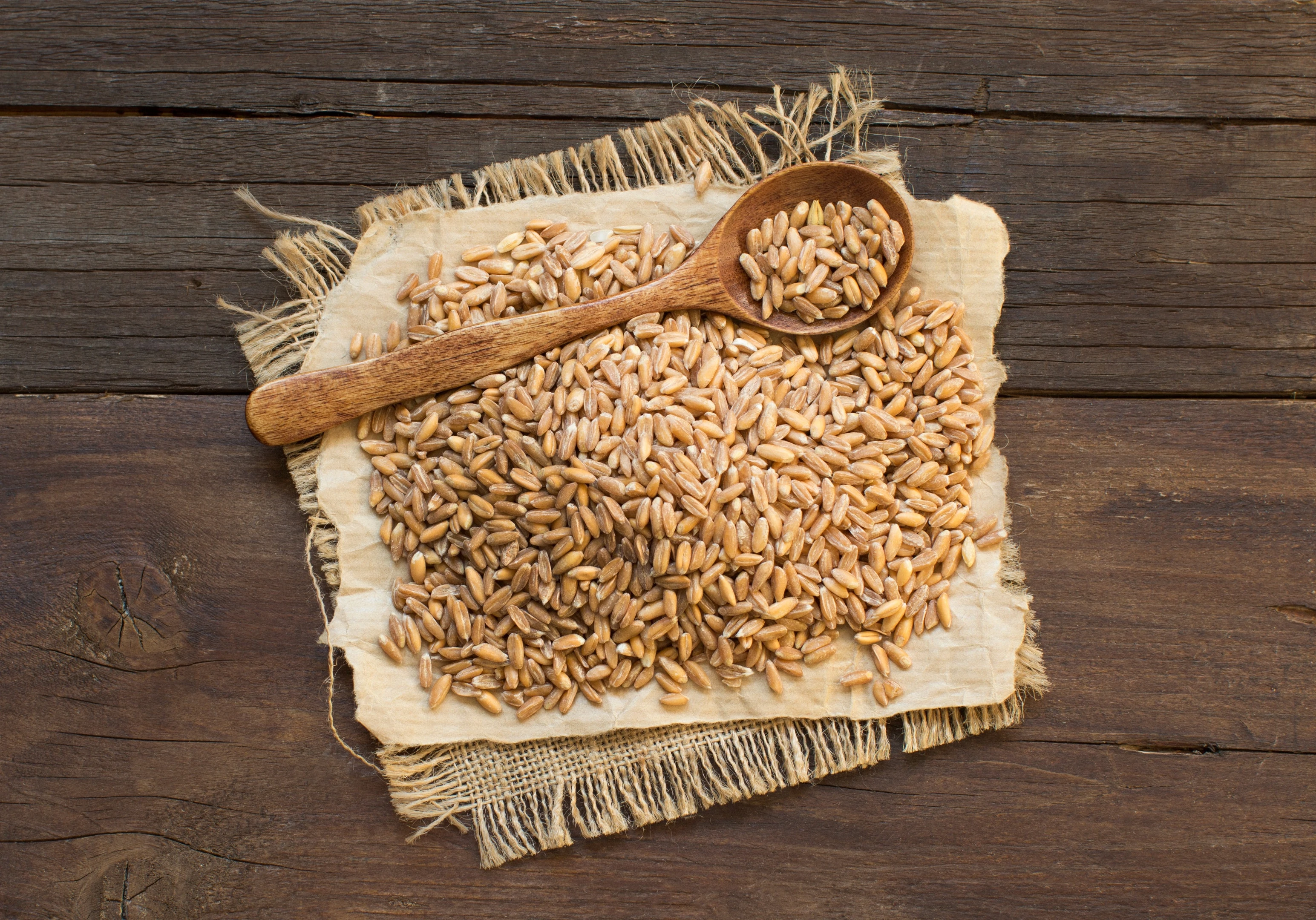
Spelt is a species of whole wheat, closely related to common wheat, that has been cultivated dating back to the Bronze Age. Spelt is a hexaploid wheat, meaning it is made up of six sets of chromosomes. It is part of a large family of wheat species which make up the genus Triticum. It is more ancient than regular wheat and was replaced when milling processes evolved and regular wheat proved easier and more efficient to mill, as spelt needed an extra step during milling.
Spelt is similar to regular wheat in terms of appearance, and much of their nutritional profile is also similar, with spelt being a source of a few extra nutrients and minerals. Spelt also contains gluten, making it unsuitable for someone with celiac disease or a sensitivity to gluten. However, whole spelt is an excellent source of fiber and nutrients that boost digestion and may be easier to digest than regular wheat.
Nutritional info
As stated, spelt and wheat have very similar nutritional profiles. One cup of cooked whole spelt contains the following:
- 51.29g of carbohydrates
- 10.67g of protein
- 1.65g total fats
- 7.6g of fiber
- 19mg of calcium
- 3.24g of iron
- 95mg of magnesium
- 291mg of phosphorus
- 277mg of potassium
- 2.42mg of zinc
- 10mg of sodium
- 0.16mg of vitamin B-6
- 0.06mg of riboflavin
- 0.50mg of vitamin E
- 8iu of vitamin A
- 5mg of niacin
- 0.2mg of thiamine
- 25mcg of folate
- A total of 246 calories
In comparison to wheat, spelt contains:
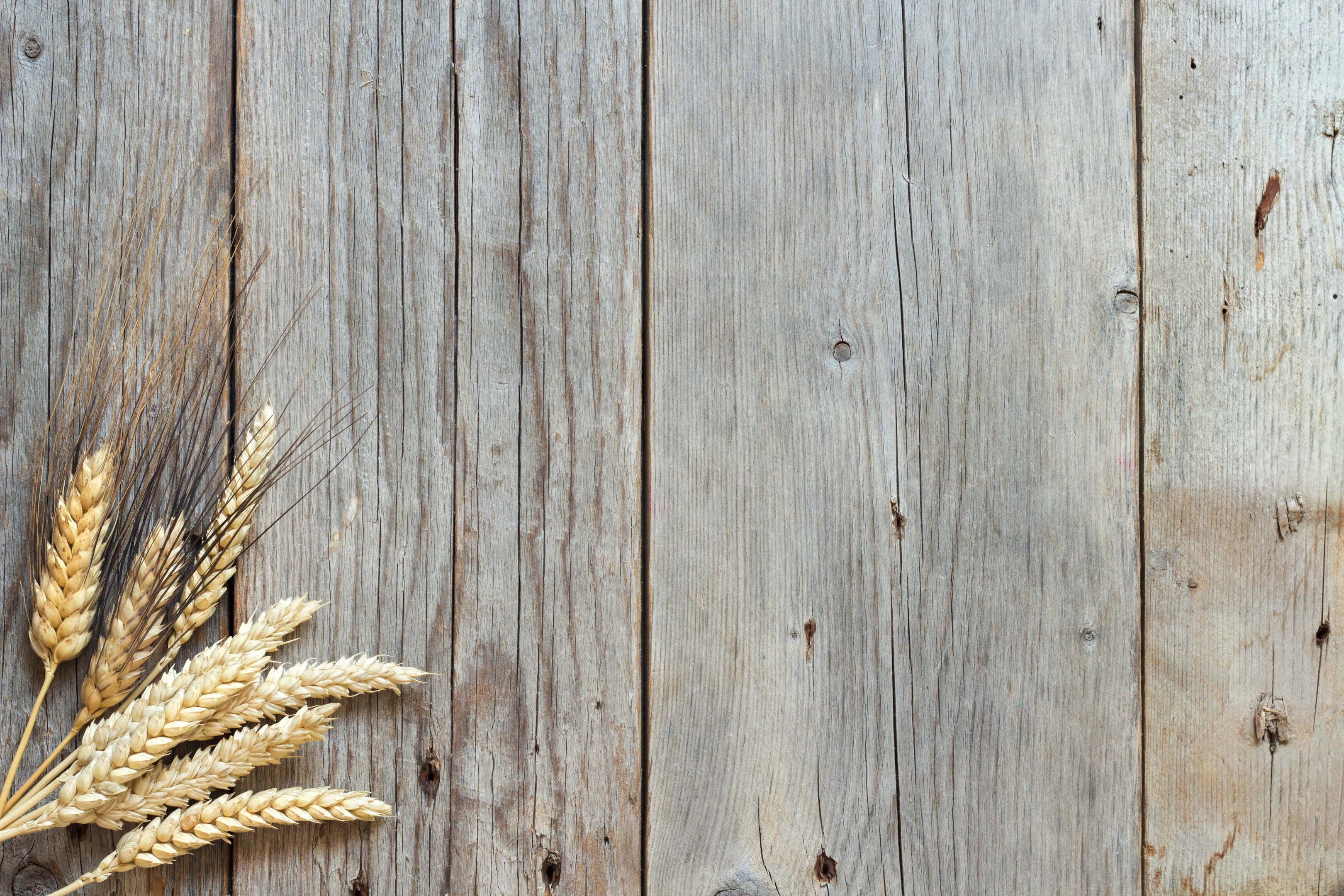
- Less insoluble fiber (11.2 percent in wheat versus 9.3 percent in spelt)
- Less total fiber (14.9 percent in wheat versus 10.9 percent in spelt)
- Somewhat higher fat content (2.1 percent in wheat versus 2.5 percent in spelt)
- Somewhat higher protein content (14.9 percent in wheat versus 15.6 percent in spelt)
However, there are no substantial differences in the soluble fiber or sugar levels between spelt and wheat.
Health benefits
Akin to other whole and ancient grains, whole spelt is considered to provide health benefits for most people. These health benefits include:
- Better digestion
- Reduced risk of diabetes
- Weight management
- Heart health
1. Better digestion
Whole spelt is rich in fiber, which is necessary for healthy digestion. If you are struggling with digestion problems, you are likely to not be consuming enough fiber. Add some spelt products to your diet and see if that makes a difference.
2. Reduced risk of diabetes
There is a lot of uncertainty surrounding a perfectly well-balanced diet for people with diabetes. Yes, it is true that grains are a carbohydrate that will raise your blood sugar levels. No, this does not mean that you should stay away from them at all costs. Spelt is a good source of proteins, minerals, fats, and vitamins. Studies show that there are lower risks of type 2 diabetes, strokes and heart attacks for the average person who has a high whole-grain intake.
Whole spelt can be beneficial in your diabetic-friendly diet. Spelt can have less of a glycemic impact, as the fiber present in whole spelt can slow the digestion and conversion of starch into blood glucose. Adding whole spelt into your diet in appropriate amounts will be beneficial towards maintaining your blood sugar levels.
3. Weight management
Studies show that a higher intake of whole spelt provides the necessary nutrients, fiber, and protein for better digestive health and a healthier weight in the average person. However, refined spelt does not provide these benefits as the vitamins and nutrients are destroyed in the refining process. In fact, refined spelt could have the very opposite of a healthy effect as it is a high-GI (glycemic index) food, meaning intake could result in rapid and large spikes in blood sugar levels.
4. Heart health
Once again, fiber is an essential component. To lower the risk of heart disease and stroke, it is recommended that you consume enough dietary fiber. Studies suggest that a higher fiber intake can result in lowered risks of both coronary disease and cardiovascular disease.
To receive all the health benefits, always read the nutrition labels on spelt products to ensure you are consuming whole spelt and not refined spelt. Some other health benefits include reducing high blood pressure and lowering amounts of “bad” cholesterol absorbed into the bloodstream.
Negative aspects of spelt
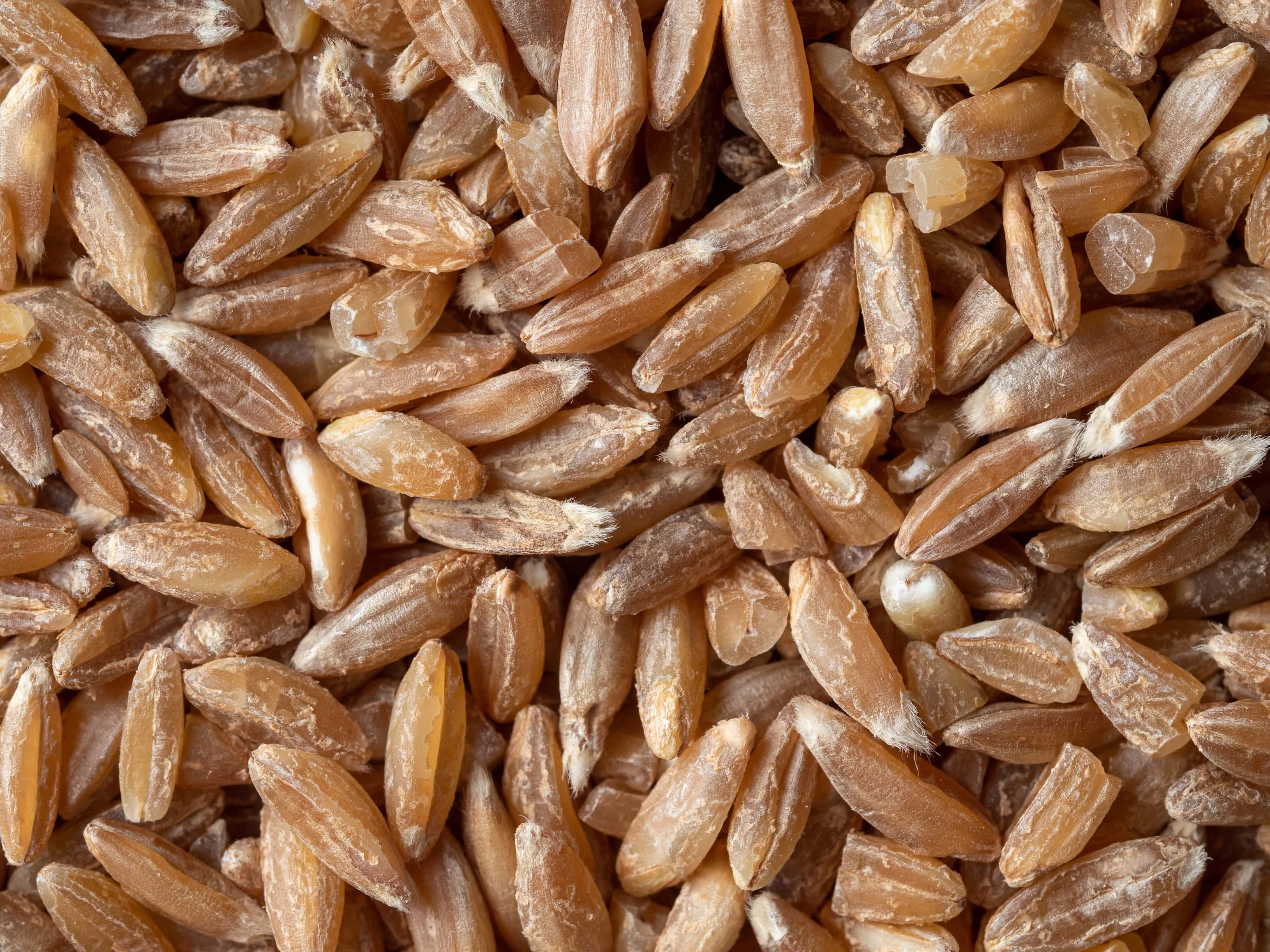
Spelt, as with most plant foods, does contain antinutrients. Antinutrients are substances found in plant foods that can hinder the absorption of other nutrients and minerals, as well as be an irritant to digestion. Spelt contains the antinutrient phytic acid. This substance interferes with the absorption of minerals such as zinc and iron. Akin to regular wheat, spelt contains a high quantity of phytic acid.
The good news is that the levels of phytic acid can be reduced depending on what processing method spelt goes through during cultivation. Such methods are the more traditional kind, for example, fermenting, sprouting and soaking. Some more good news is that this is not much of a problem for those who follow a general and well-balanced diet. However, it does affect those who rely on plants for minerals and vitamins.
Spelt also contains lectins, which is widely believed to be avoided as very high intake can be linked to damage to the lining of the gut, autoimmune diseases, and digestive discomfort. However, the quantity of lectins in spelt is unlikely to cause any damage as most lectins are destroyed during both processing and cooking. Like phytic acid, lectins quantity is also affected by traditional processing methods.
1. Irritable bowel syndrome
Irritable bowel syndrome is a gut disorder. You can experience bloating, stomach pain, constipation, gas, and diarrhea if you suffer from IBS. FODMAPs (short-chain carbs) are a known trigger for IBS and spelt contains a significant amount of FODMAPs. However, the amount of FODMAPs can be altered by the way spelt is processed. Fermentation lowers the amount of FODMAPs; this means that you can eat moderate portions of spelt sourdough bread and still be within the guidelines of a low-FODMAP diet.
2. Wheat and gluten intolerances
Do you have wheat and/or gluten intolerance? If you do, spelt will be on your no-no list. Consuming spelt when you have an intolerance can result in symptoms such as bloating, gas, and constipation. Another negative reaction you can have, due to inflammation caused by intolerance or allergy, is acne. It is quite common for a breakout to happen along with digestive problems. However, if you experience only a mild reaction to gluten, you may find whole spelt to be a bit easier to digest.
Wheat intolerance and gluten intolerance are often used interchangeably; however, they are not the same thing. Wheat intolerance can occur when you lack the necessary enzymes to break down the wheat. While wheat intolerance and gluten intolerance lean on each other (gluten is highly present in wheat), you can experience a reaction to another part of the wheat grain. In this event, you would not experience the same reaction to other grains that contain gluten, such as rye or barley. It could be that you are reacting to different parts or by-productions from the digestion of wheat. In this case, spelt is not ideal for you to consume as it is a wheat grain.
3. Avenin sensitivity
Avenin is a protein found in oats and is like gluten protein found in wheats. Thus, avenin sensitivity is similar to gluten sensitivity. Avenin can trigger celiac disease, which is a permanent intolerance to gluten. Spelt is not ideal in this case as it contains the avenin-like gluten protein.
Spelt and different diets
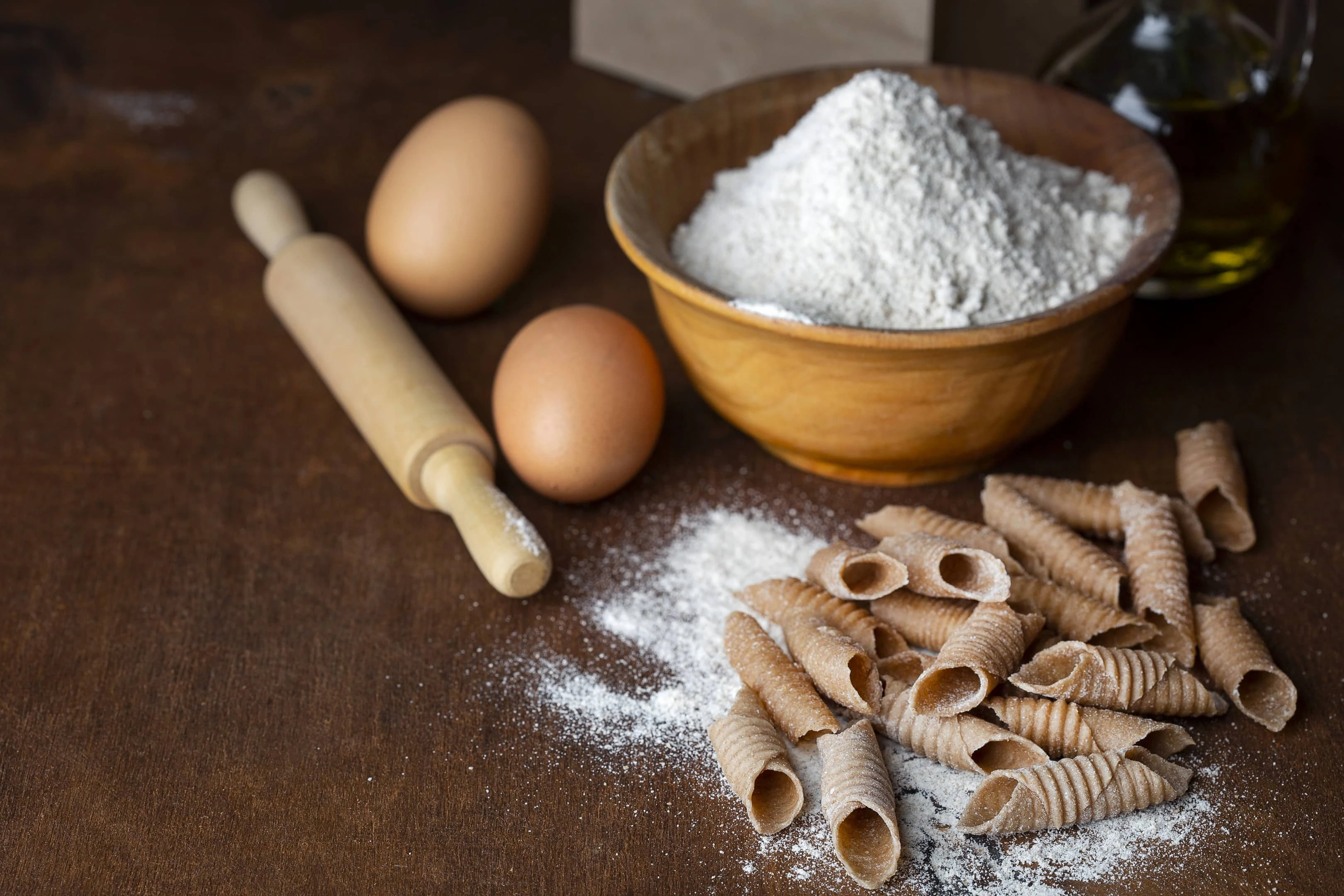
In today’s world, there are all sorts of diets to suit a wide variety of dietary needs. Some diets can seem extreme, but you should always keep in mind that certain reactions to food can cause severe problems. Spelt can be used as a healthier alternative if you react to regular wheat. However, spelt is not a part of every diet, as some call for zero gluten. Is spelt suitable for your diet?
1. Plant-based diets
Many people are looking towards plant-based options. Spelt is a type of wheat plant, making it suitable for both vegetarian and vegan diets. If you rely on most of the minerals and nutrients in your diet coming from plants, an organically grown and processed spelt product would be best.
2. Gluten-free diets
Today, gluten intolerance is not uncommon, and while spelt is believed by many to be gluten-free; this is, in fact, a myth. It contains about the same amount of gluten as regular wheat. However, as spelt is rich in dietary fiber and other nutrients, it can prove to be easier to digest by those with mild gluten intolerance. The Paleo diet is another way of eating followed by many, especially those with a gluten intolerance. This diet cancels out grains as they are a big source of gluten, which means that spelt is a no-go.
3. low-carb diets
Ketosis is a fat-burning state that can be induced by the type of foods you eat. An important guideline to follow on the keto diet is to stick to a low carbohydrate intake. This means that spelt, along with other whole grains, is not typically suitable for a keto diet. It is generally recommended not to consume regular wheat and other whole grains, as there are carbohydrates present in many other keto-friendly foods.
From cultivation to consumption
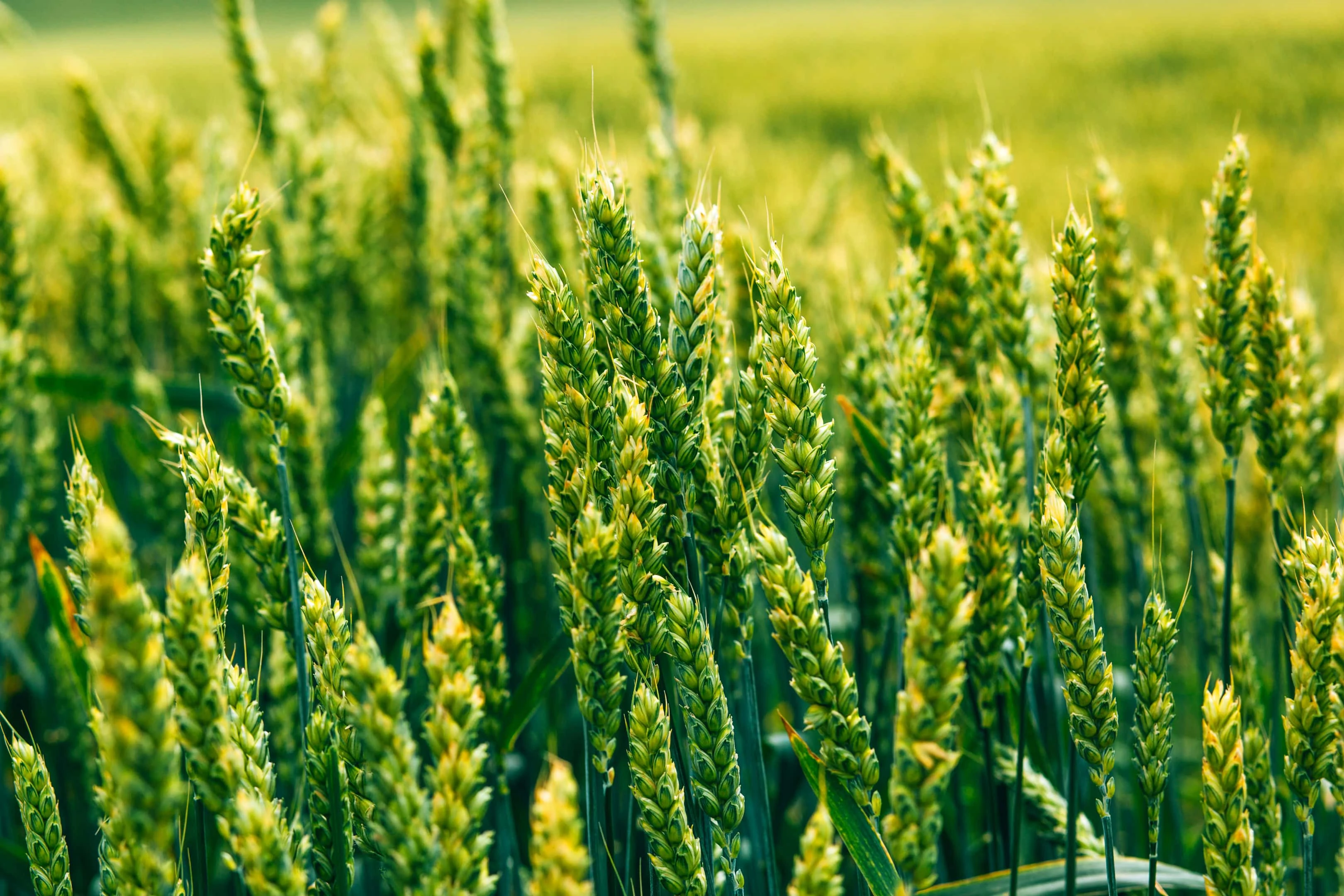
Did you know that you can grow a worthwhile amount of spelt in your own backyard? There are many myths surrounding the cultivation of grains, such as needing lots and lots of acres to yield a small amount. Just a row in your backyard is enough for a substantial amount of grains for one person. You do not even need specialized equipment to harvest and mill the grains! Normal trimmers and shears can be used in place of a scythe to cut the stalks, and threshing (removing grain from seeds) can simply be done by using a stick to beat the stalks. You can use a household fan to remove the chaff (paper-like covering around the grain) – this process is called winnowing. To top it all off, to turn the grains to flour, a quality blender can be used instead of a mill.
Planting and harvesting
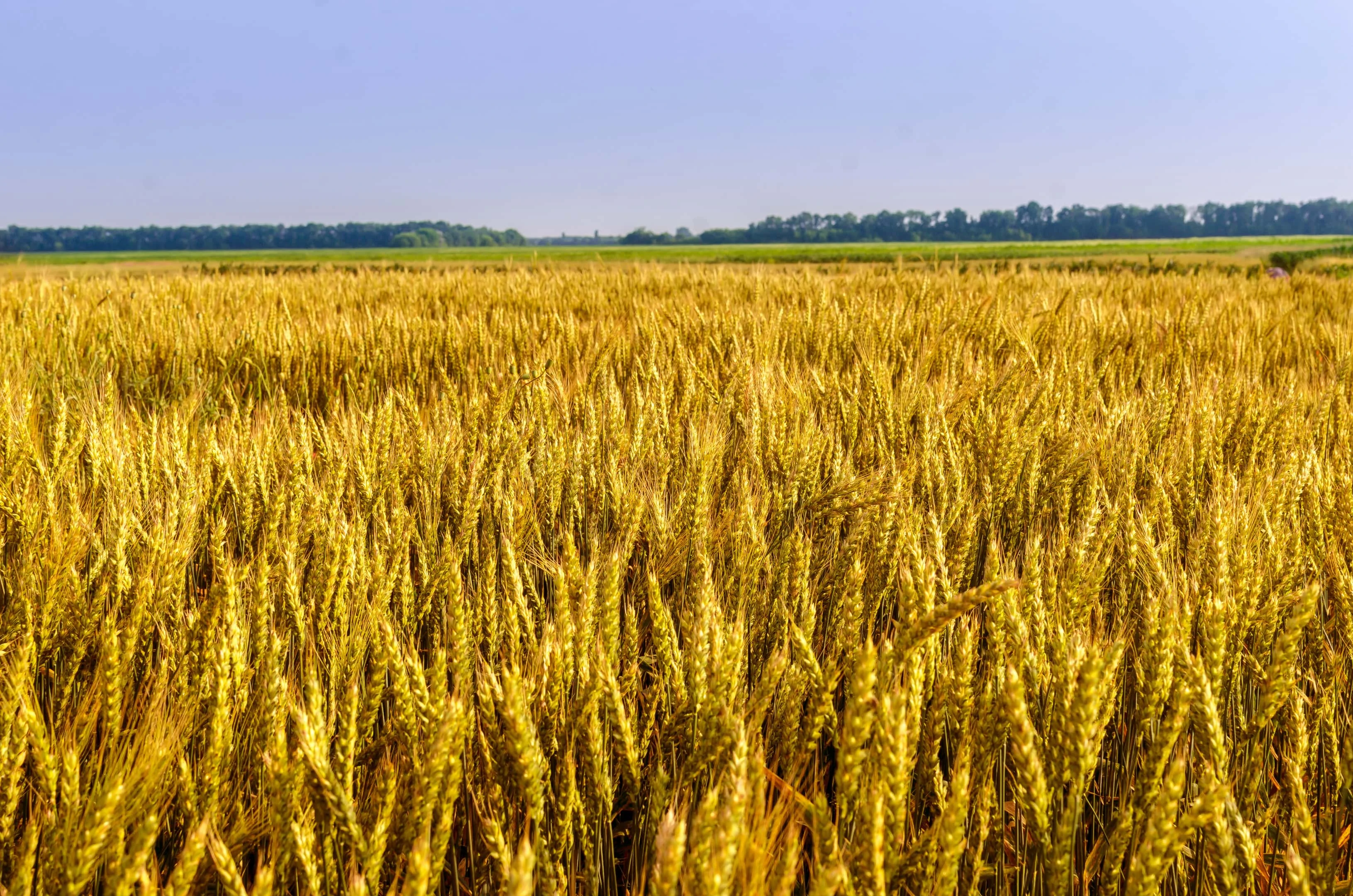
Spelt is a “cool season” grain and is an annual plant, meaning one planting yields one harvest. Spelt does well in moderate temperature and is tolerable of dry conditions and poor soil. You need to follow a procedure to efficiently harvest spelt grains, and you will likely tweak your method as you go; while most grains are cultivated the same way, each one has its own peculiarities. Essentially, spelt is grown the same way regular grain is:– planted in early autumn and harvested in late spring. The details occur during harvesting. First, the stalks need to be aired and dried; then the threshing process takes place. Next is winnowing, removal of the hull (this can be done by processing spelt very lightly through the blender so that the hulls break and then sieving out the hulls), and finally milling or grinding.
Cooking and consumption
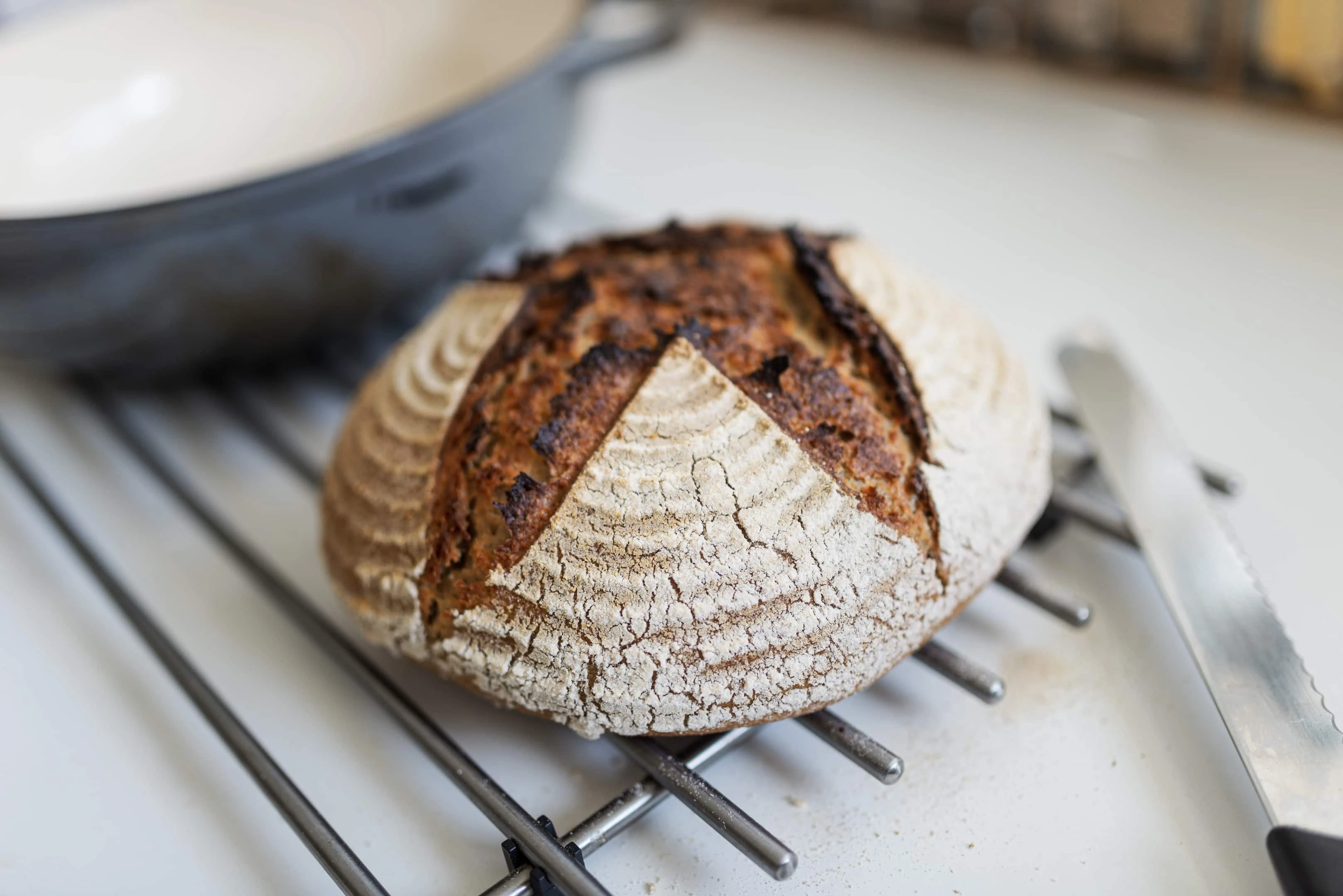
Spelt can be used for all baked goods where regular wheat is used, such as flour, bread, pasta, rice, and biscuits. All sorts of pre-packaged foods containing spelt can be found in stores across the world, although it is not commonplace everywhere. Health and organic food shops generally sell spelt in the form of seeds, harvested berries, and flour. Grocery shops may have goods made with spelt (rice, pasta, bread) available. Or, you can grow and harvest your own spelt. Spelt flour is great for giving bread a “nutty” taste that cannot be achieved with regular bread. Spelt bread and pasta seem to be the spelt products that are most enjoyed.
To cook store-bought or self-harvested spelt berries, all you need is water and a stove:
- Soak the spelt berries in water for at least one hour, you can also soak them overnight.
- To boil, use about one and a half cups of water for one cup of spelt berries.
- Once the water has reached a boil, let simmer while covered for about forty-five minutes until tender.
- Drain and serve.
Cooked spelt can be used for any dish that requires rice. Add to your soup, stew, salad, or eat as a hot breakfast. You can make a porridge with cooked spelt berries, which is a fantastic meal to start the day, to improve digestion and energy. It is recommended to add another grain or oats to your porridge, but you can eat the cooked spelt as is (add sugar / fruit / milk / alternative milk product to taste) and still enjoy it!
Storage and shelf life
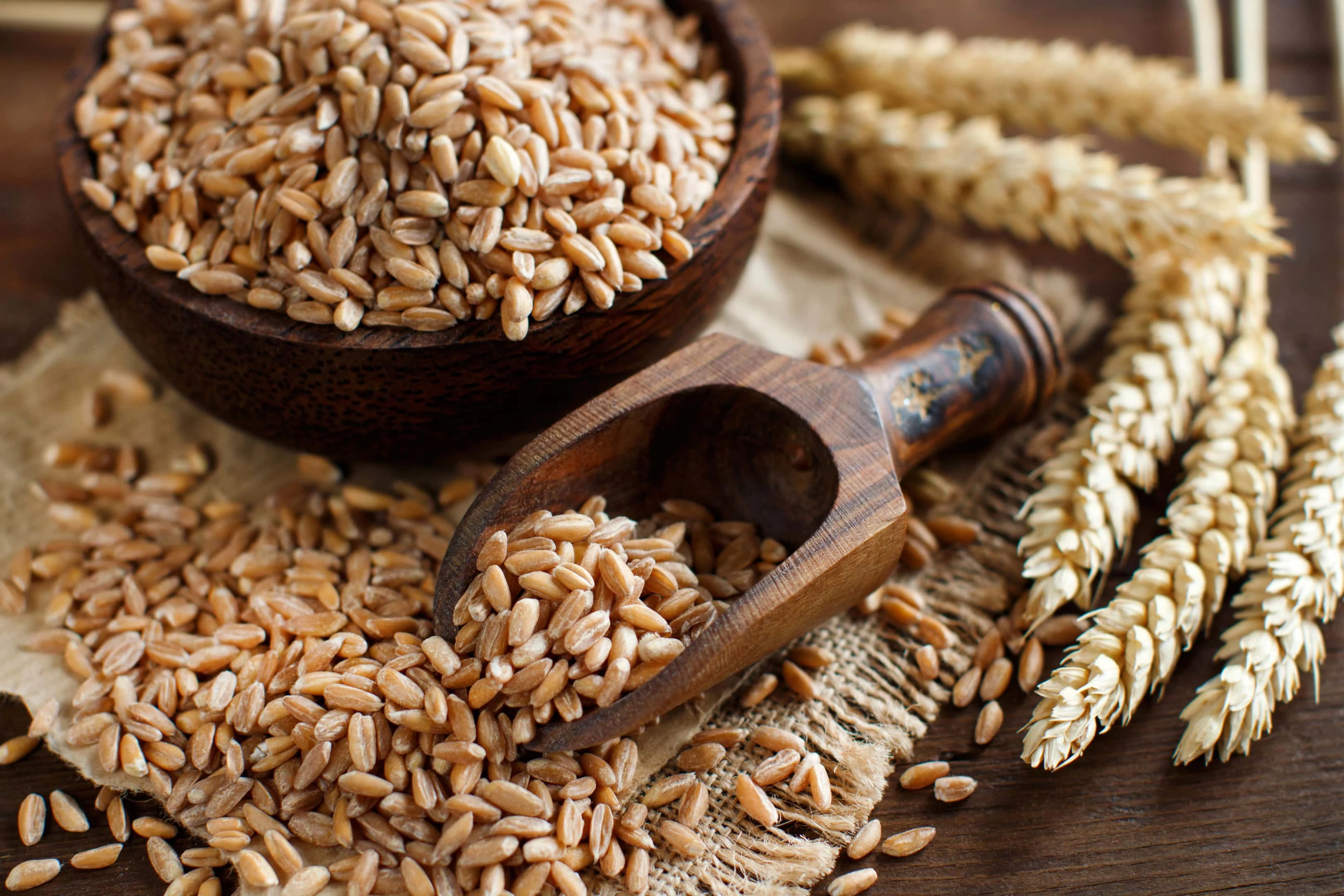
Both harvested spelt berries and flour can be stored in air-tight containers in a cool, dark place. Most flours have a long shelf life and can last past their expiry date if stored at a moderate temperature. You can even store flour in the fridge or freezer for an extended shelf life. Ensure it is in an air-tight container before storing it in the fridge or freezer, and let the flour warm to room temperature before using it.
Most flours tend to start smelling when they spoil; a musky, sour, or stale smell will be present. Discoloration may also be a sign of spoilage. If the flour has come into contact with water, it is highly likely that there will be large clumps of mold. In this event, discard the whole bag of molding flour immediately. Along with growing your own to improve your self-sustainability, you can also use spelt flour that is near or past its expiration date in other household products such as playdough or homemade glue.
In conclusion
Whole spelt is considered healthy for you, while refined spelt is not beneficial if you are looking to improve your diet. Grains are an important part of maintaining a well-balanced diet. Spelt can provide health benefits when consumed in appropriate amounts. Spelt also will not hinder your self-sustainability and low wastage practices. It can be home-grown and harvested, used for a variety of food items, and the flour can even be used for do-it-yourself products.
Are you considering swapping regular wheat with whole spelt? This could be considered and evaluated as a personal and a health choice, as the nutritional value is similar to regular wheat and spelt does not suit all diets. As the grains are closely related, there is not much difference in taste and texture. However, some consider it to have a “nutty” taste which is nice for bread-baking.
You may find it easier to digest spelt than regular wheat, and spelt can improve your overall digestive health. However, spelt is not an option for gluten-free diets. A good philosophy to apply when adding spelt to your diet is “everything in moderation.” Always do research and consult a qualified dietitian or nutritionist before making a dietary change.

A writer passionate about wellness, nutrition, and intentional living. She creates engaging, research-based content that empowers readers to live healthier lives. Through every article, she brings clarity, inspiration, and a touch of everyday practicality. Read more about Juliana.




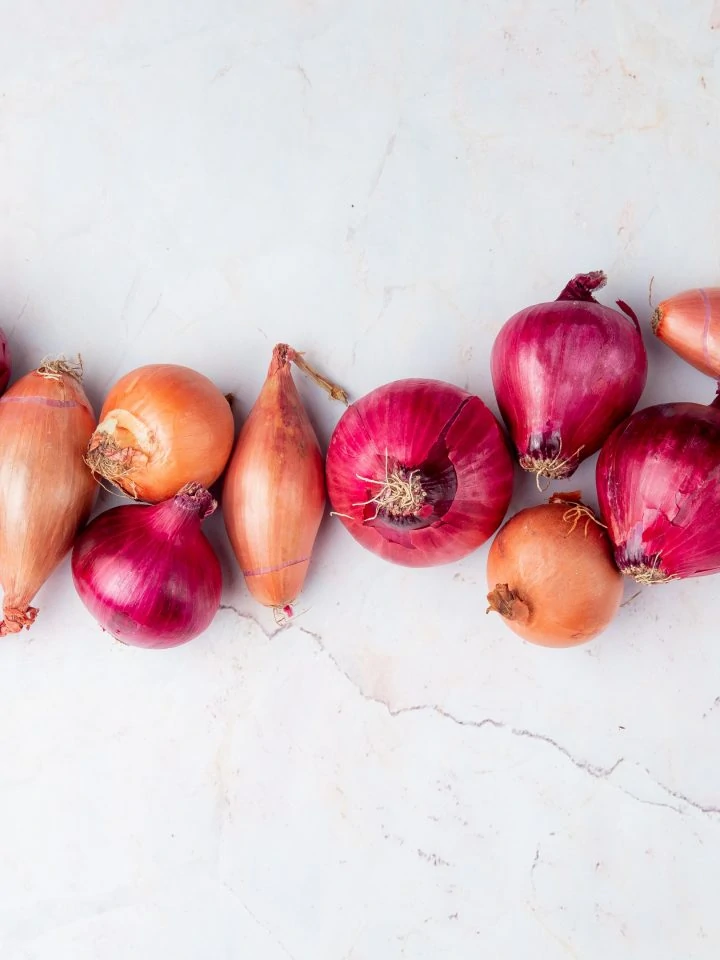
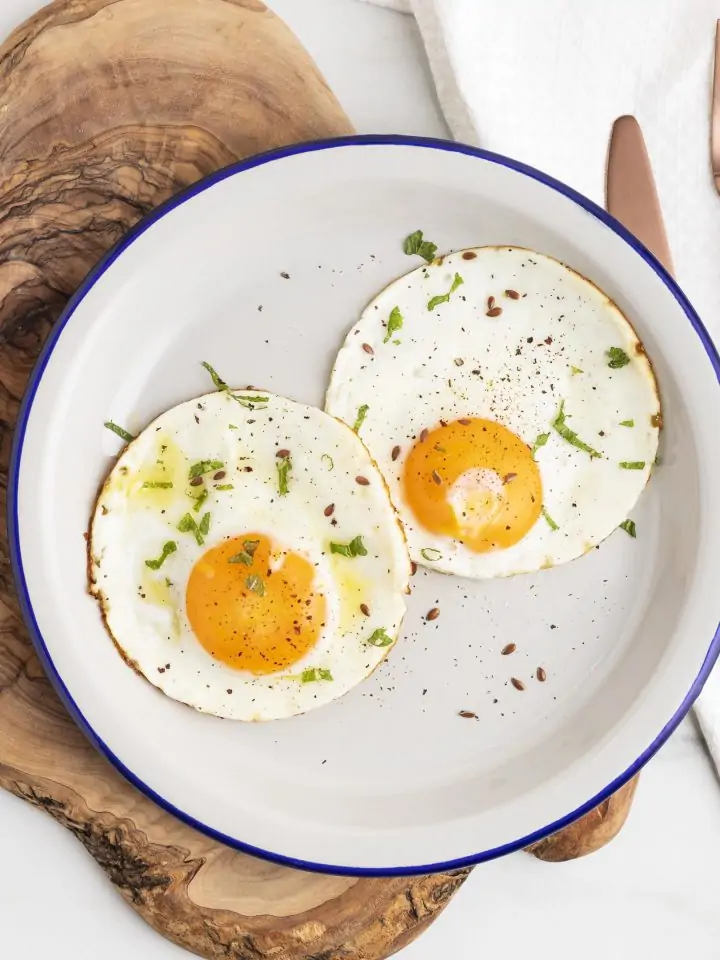
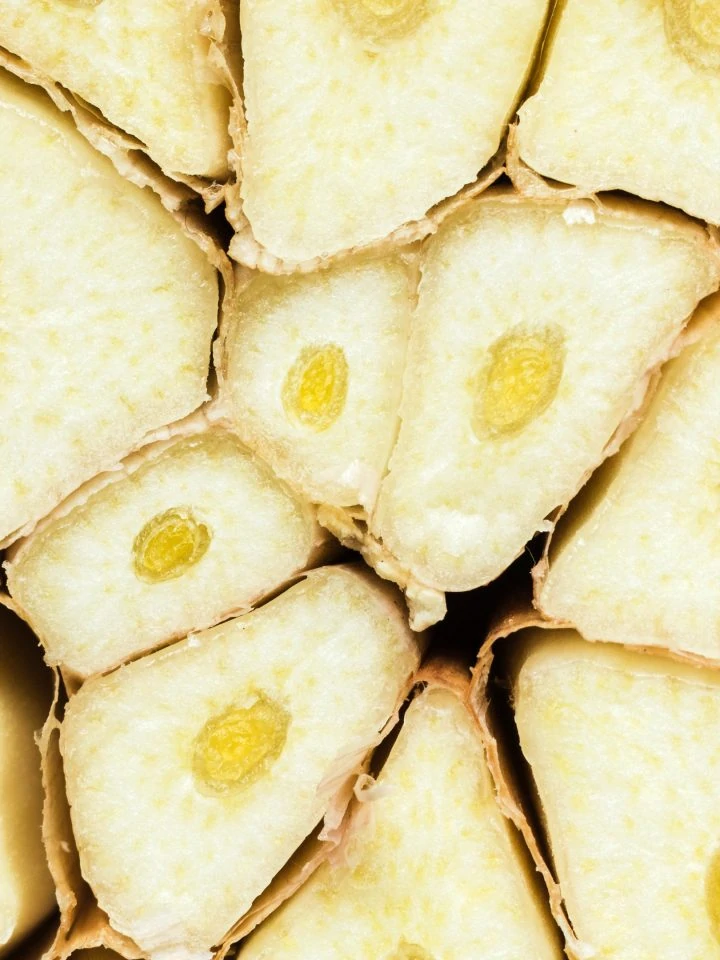
Comments
No Comments